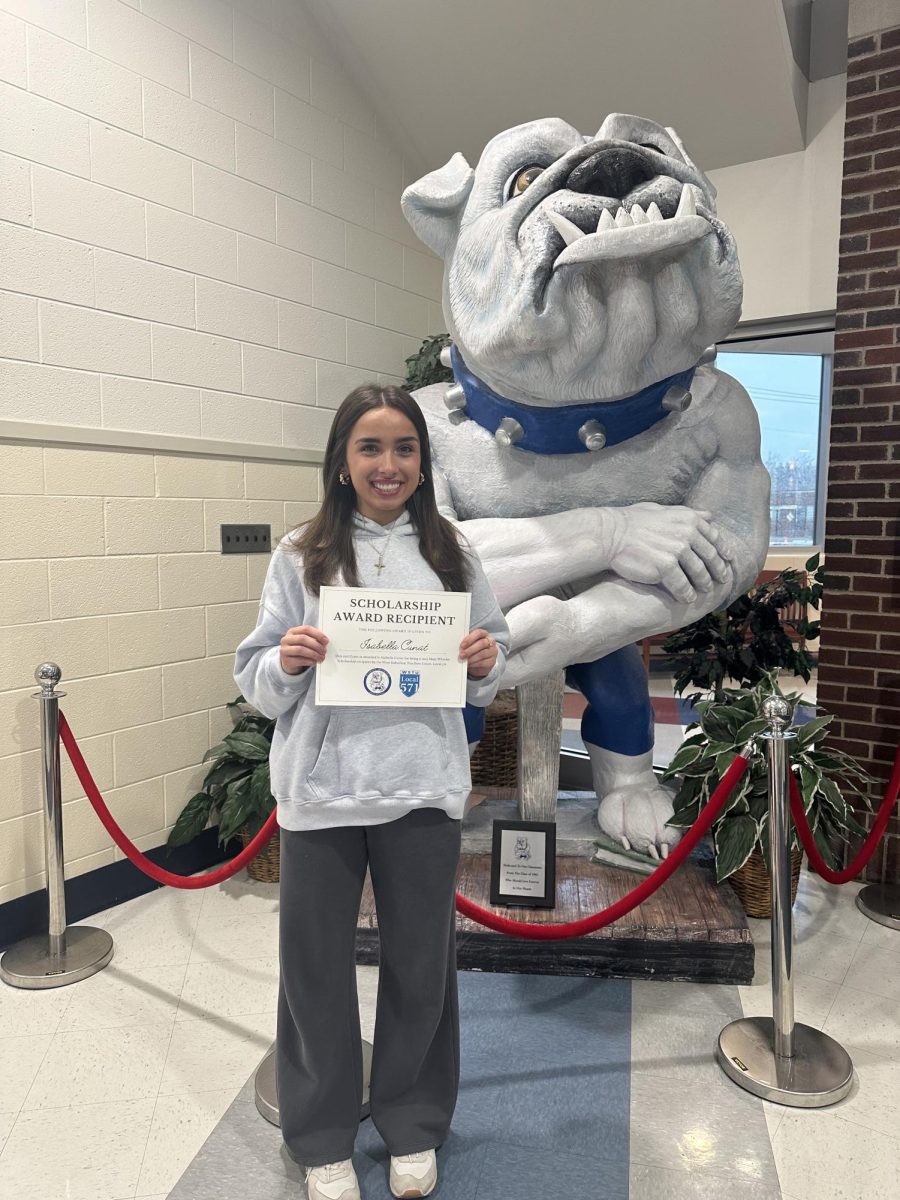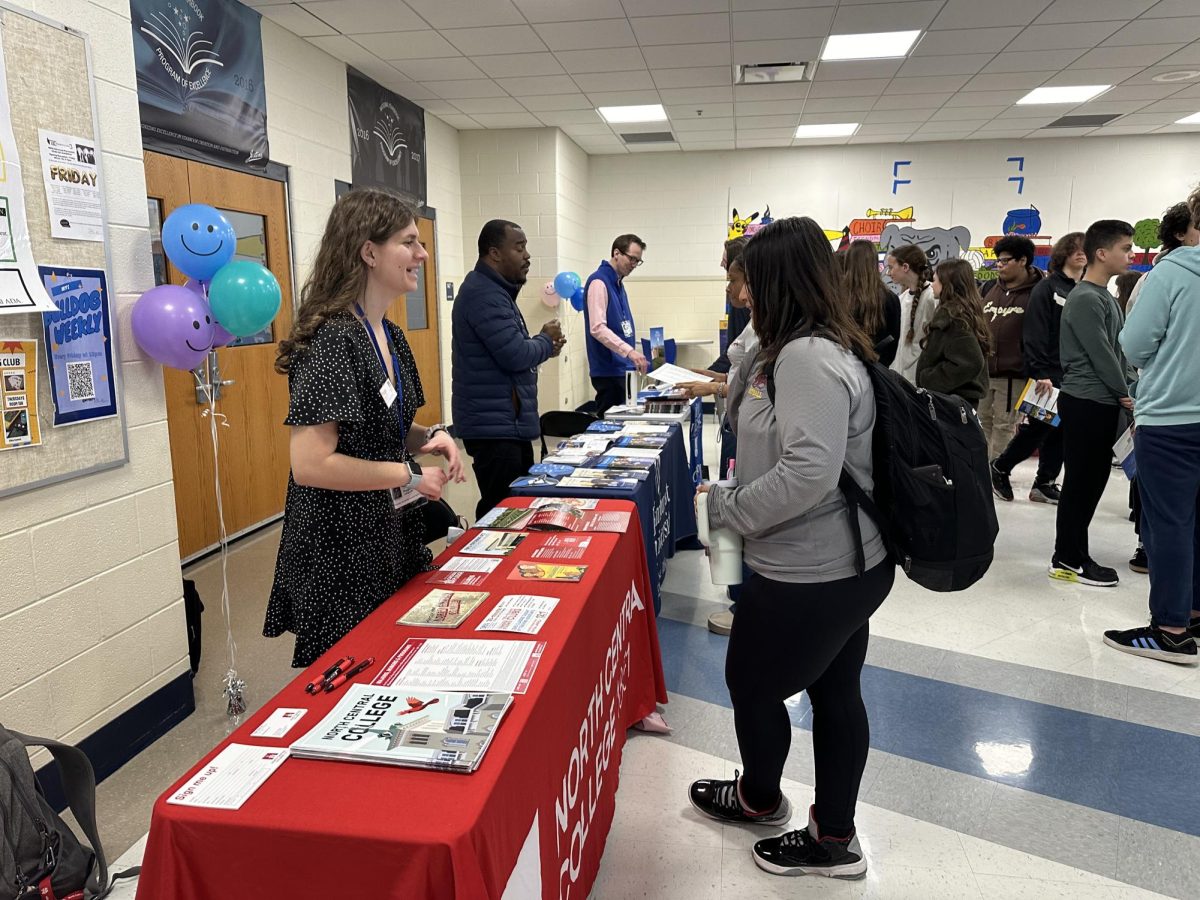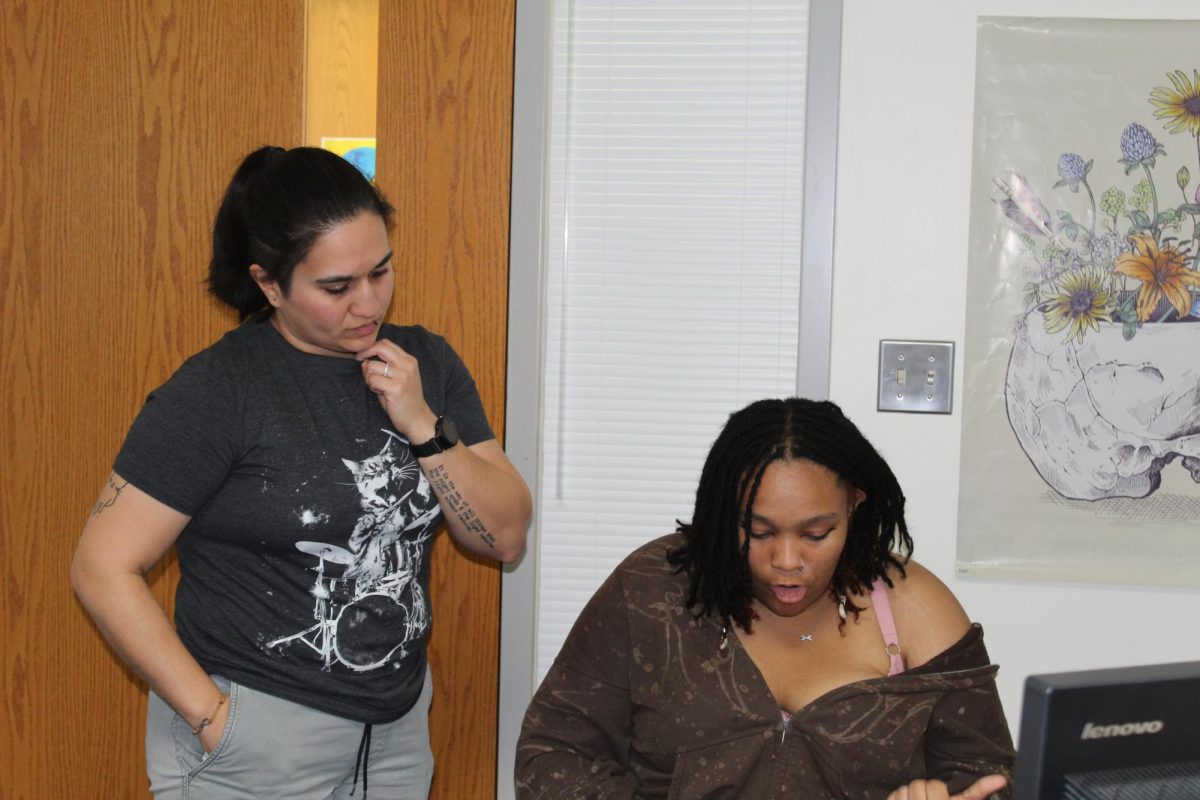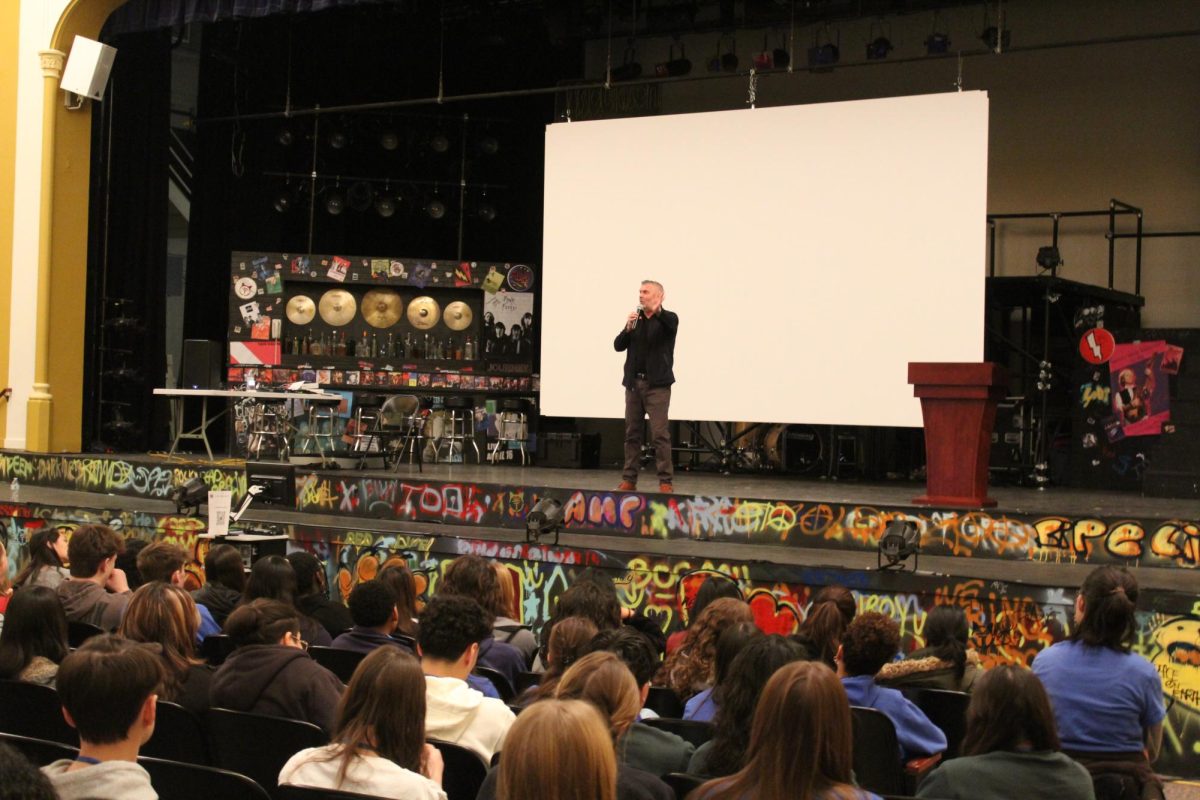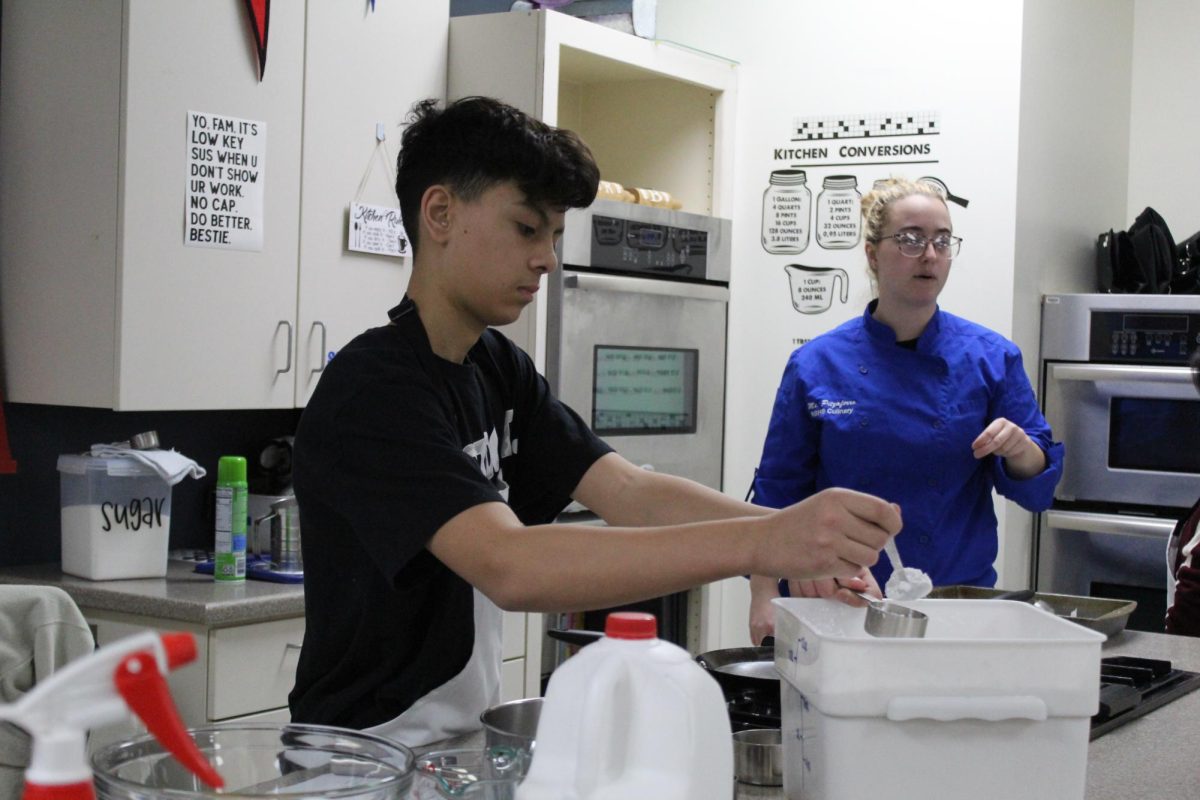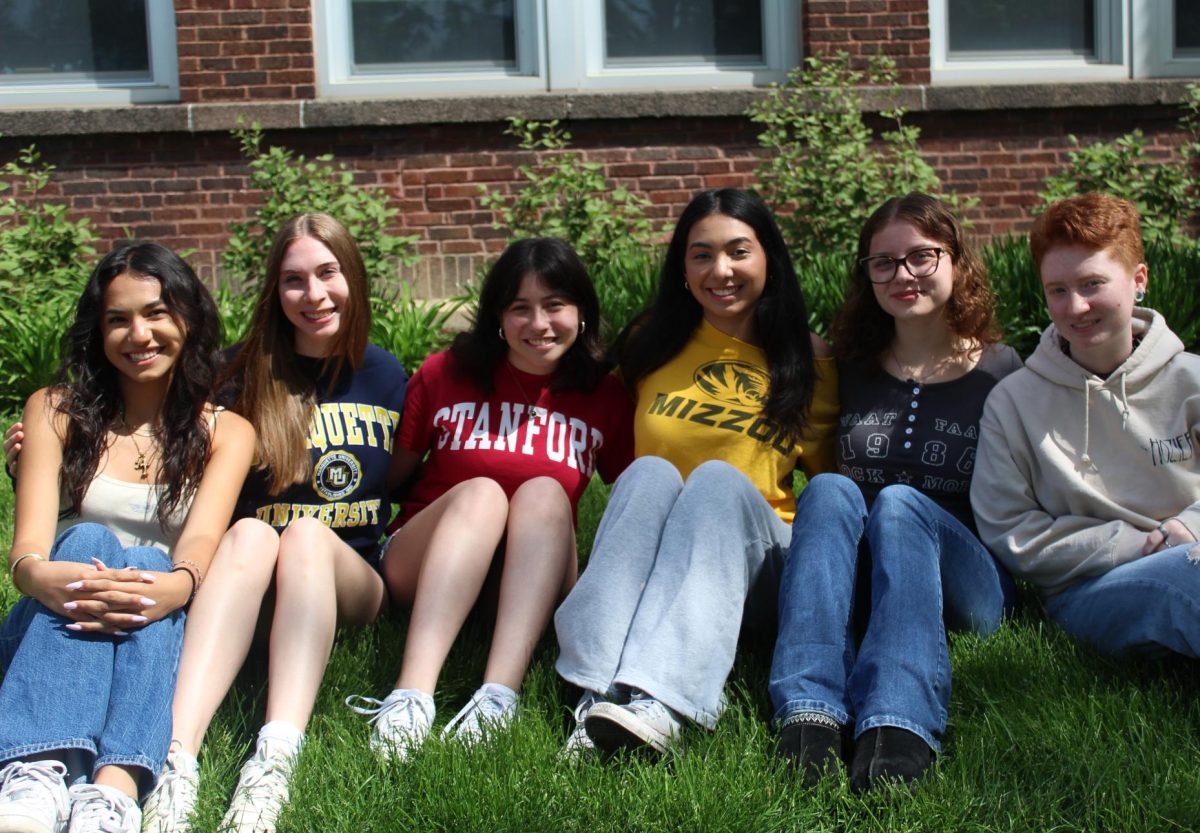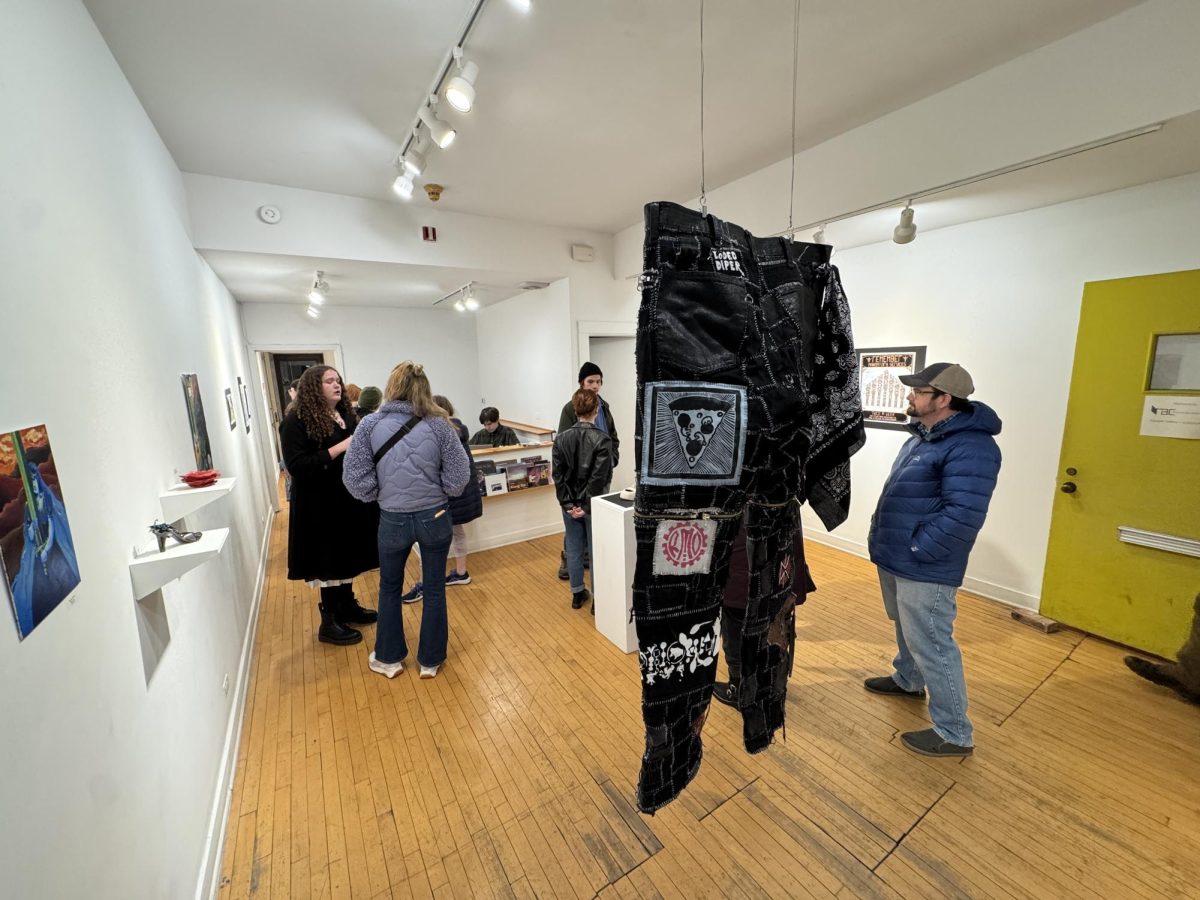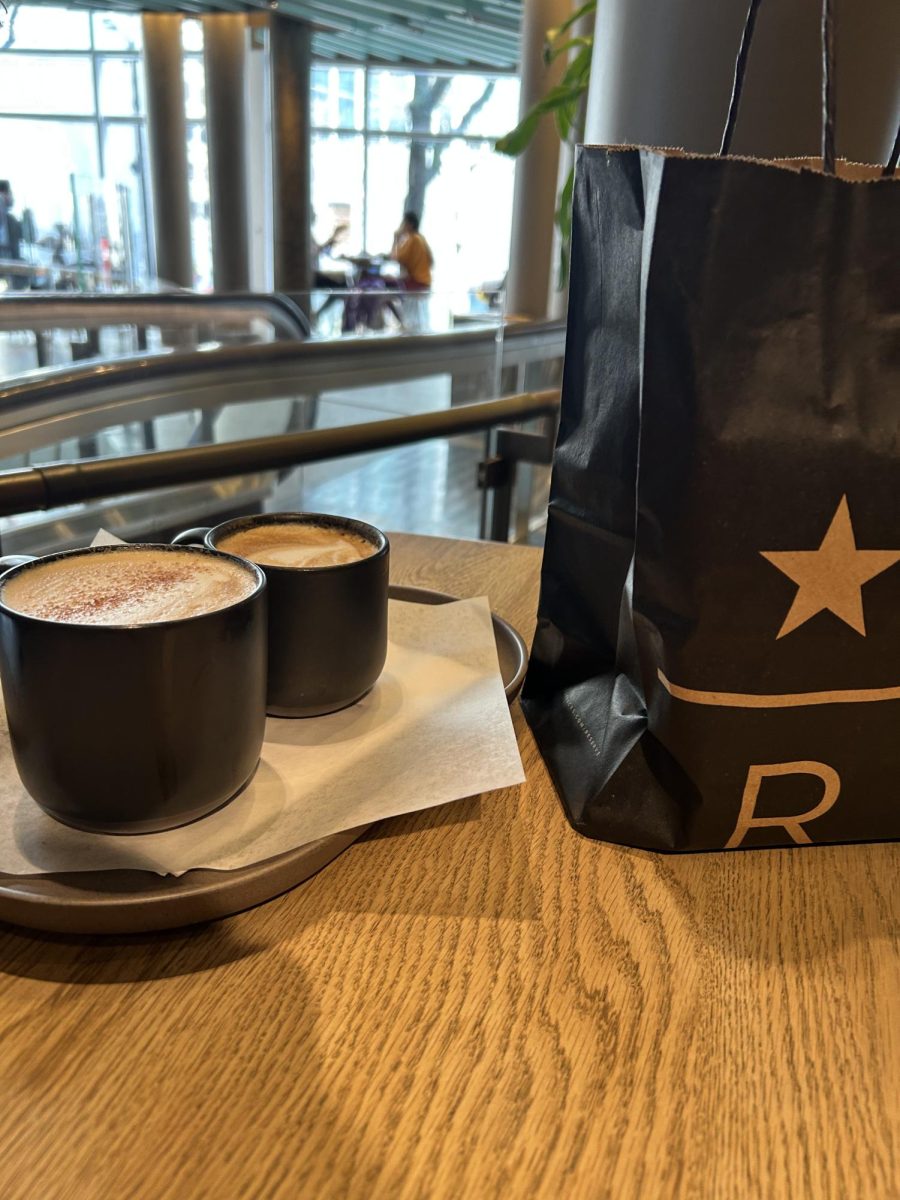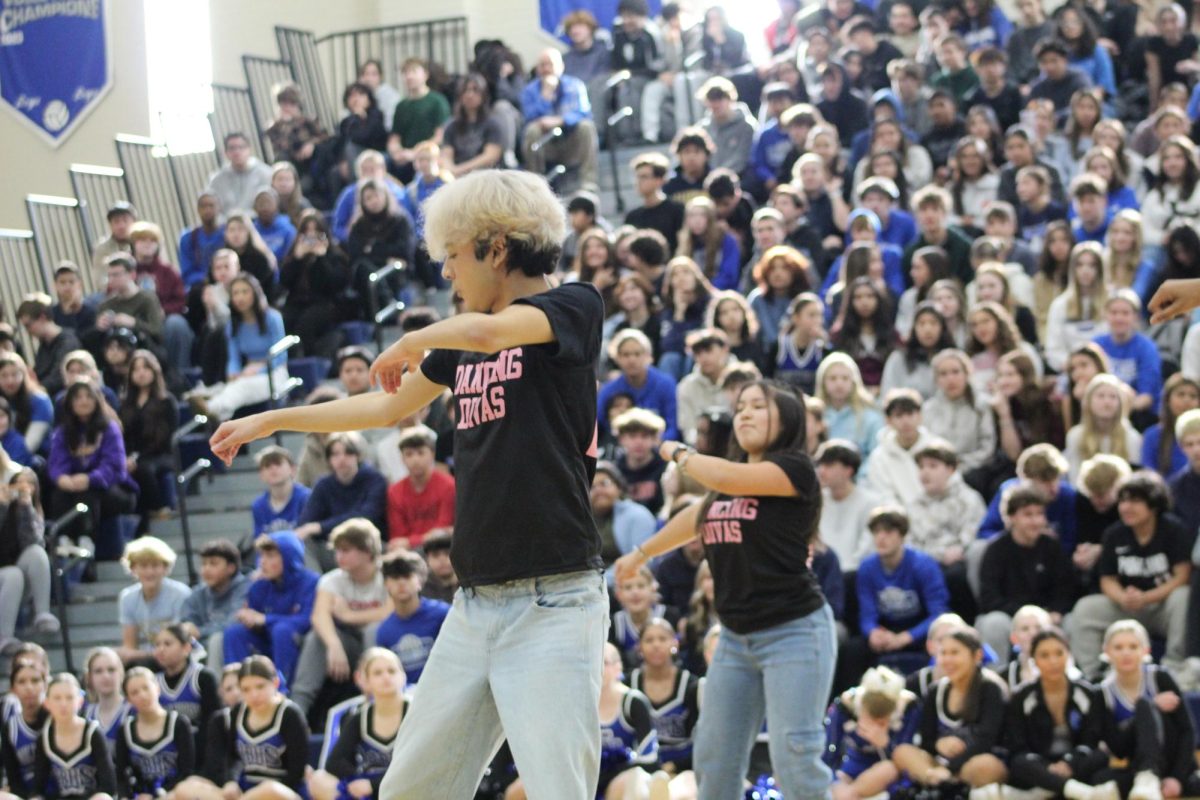With the first ideas of having a rooftop garden starting with the senior gift from the class of 2010, RB’s very own garden is finally starting to make some progress.
English teacher Kathleen Harsy, along with science teacher Jame Holt, English teacher Thomas Dignan, and a few other teachers in the building, had the idea of constructing and using a rooftop garden at RB. The purpose of this type of garden is to grow vegetables and herbs to be used in our own cafeteria and foods classes, to increase energy efficiency, and to get students to be interactive within a greener environment.
They met a few snags along the way last year with the denial of a grant from the Green Thumb Foundation, but they still pursued grants from other companies and obtained the Grainger Community Grant of $8,000 since last school year.
The Grainger Community Grant allows $12,000 per year to be given to a school of their choice. They wish to promote technological education and hands-on projects to promote scientific learning.
“A friend of mine works for Grainger, and I just mentioned that RB was planning a rooftop garden and was looking for grants. He said that his company does a lot in this area, so we started talking about it,” said Dignan.
“We weren’t expecting [the grant] at all. It opened up a whole realm of possibilities,” he said.
As for the location of the garden, due to cost and safety issues and handicap-accessibility, the roof may not be the right location for the garden, but they have not ruled out that possibility.
The most optimal rooftop location for the garden is near the math area, but it isn’t handicap-accessible. There was also another spot above the old main entrance, but a lot of construction would be needed for that area to be used.
“We want the money to go into the ground, not construction,” said Harsy.
The most likely locations for the garden now are on the ground are by the fence on the south end of the football field or either of the two courtyards.
“The courtyard with the ducks and the polar bear wouldn’t need raised beds or fencing, but there’s not always enough sunlight. There is another courtyard location by the PE office, but we’re not sure what’s underneath. There may be contaminated soil, so we will have to do tests to find out,” said Holt.
They are currently in the planning process of the project, doing land evaluations and filling out more forms for financial help, but they hope to have the garden constructed by November into early winter and to start planting in the spring.
“We’ll plant flowers, vegetables, and herbs, but it depends on the location. There will be as many local plants as possible, and everything will be organic, even the wood [for the flower beds and fences]. We want it to be a park-like atmosphere with seating,” said Harsy.
“Long-term, we want more grants to expand [the garden] to plant fruits, berries, and wildflowers,” said Holt.
“I will be taking my classes to do soil samples in each possible site, and the garden has a direct connection to biology and AP environmental science. Foods and nutrition classes will also use the plants grown,” Holt said.
“I’m most excited for having the opportunity to have a platform for hands-on learning, and it’s a great way to practice Character Counts, living as a team, and to have all the departments involved in a student centered project,” Harsy said. “Also, the RB Education Foundation supports us as well, not financially, but they’re still a big proponent.”


